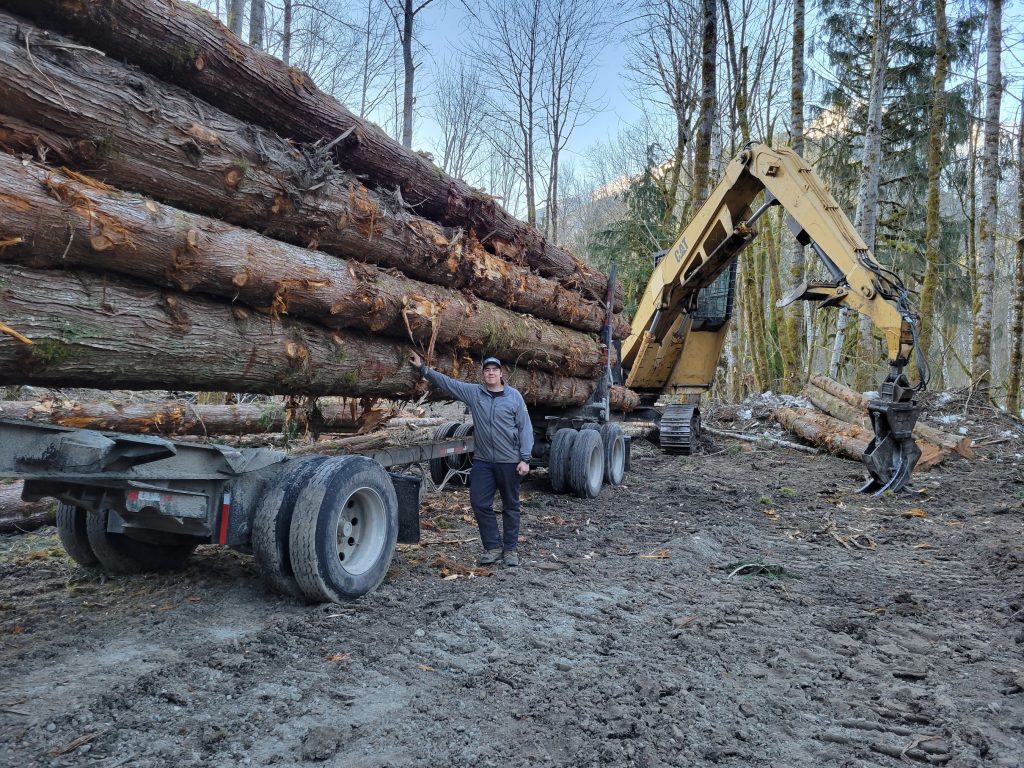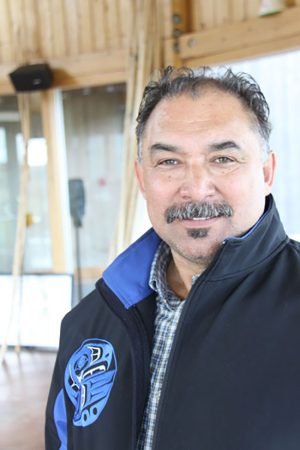
Features
Opinions
Opinion: First Nations speaking up
Indigenous economic development growing through forest industry
June 22, 2022 By Bob Merasty
 Roger Lewis, president, Saphira Contracting and member of Squamish Nation. (CNW Group/Indigenous Resource Network)
Roger Lewis, president, Saphira Contracting and member of Squamish Nation. (CNW Group/Indigenous Resource Network) Hundreds of First Nations and Métis communities are situated in the forest. We live and thrive there. The forest has provided us with food, shelter, medicines and fire for millennia. Now it also provides us with wage employment, business opportunities and our own source revenues, as our nations create partnerships and increase our involvement in the forest industry.
Big things are happening. Indigenous management of forest resources has increased 135 per cent since 2003. Canada’s forest sector supports jobs in more than 400 Indigenous communities, employing 11,600 Indigenous peoples, and supporting 1,400 Indigenous-owned businesses.
I know from my own community of Flying Dust First Nation how important forestry is to our people. In partnership with the other nations in the Meadow Lake Tribal Council, we own the largest Indigenous-owned sawmill in Canada, producing 140 million board feet of stud lumber a year: Norsask Forest Products. With lumber prices nice and high, our communities have been able to benefit not only from good, local jobs, but also significant dividends that we can then use for housing, cultural activities, and other essential needs.
Even though forestry is a renewable resource that when harvested responsibly is very sustainable, it still has its opponents, and they can be loud.
As the executive director of the Indigenous Resource Network, a non-partisan network of workers, business owners and leaders that advocates for policies that advance Indigenous participation, ownership and benefits from resource development, I wanted to ensure people understand what grassroots First Nations and Métis people thought about forestry, instead of allowing activists to presume to speak on our behalf. That’s why we commissioned a poll by Environics Research to gauge Indigenous support for forestry and other resource development activities. A total of 510 self-identified First Nations, Métis and Inuit persons living in rural areas or on reserve across Canada (excluding P.E.I. and the territories, which have no commercial forestry) were interviewed by phone this past January and February.
The poll confirmed what we always suspected: strong Indigenous support for forestry activities, with about twice as many Indigenous peoples indicating they support (62 per cent) rather than oppose (33 per cent) forestry.
Other interesting findings were that 70 per cent agreed their community had adequate knowledge, skills, policies and planning in place to take advantage of forestry activities. The forest is our home, and we know it better than anyone else. We want to take the lead on the development of forestry activities in our territories.
And when we take the lead, we know it can be done well. Over half (54 per cent) of respondents thought forestry could definitely be done while respecting the land and the environment, compared to only 18 per cent who thought it was definitely not possible to achieve both. The most important aspects to Indigenous people in doing forestry well was care for the environment (67 per cent), the economic benefits (65 per cent), worker safety (62 per cent) and protecting cultural sites (62 per cent).
Although forestry has always taken place in our territories, in the past two decades more and more Indigenous communities have exercised their treaty and inherent rights to become better involved and respected in the management of forest resources. We see this as the future of forestry, providing certainty and partnerships for industry and economic and environmental benefits for our communities, workers and businesses.
When Indigenous communities and the forestry sector work together, we can all win.
 Bob Merasty is the executive director of the Indigenous Resource Network. Merasty has dedicated his professional life to advancing the economic and social well-being of Indigenous people.
Bob Merasty is the executive director of the Indigenous Resource Network. Merasty has dedicated his professional life to advancing the economic and social well-being of Indigenous people.
Print this page